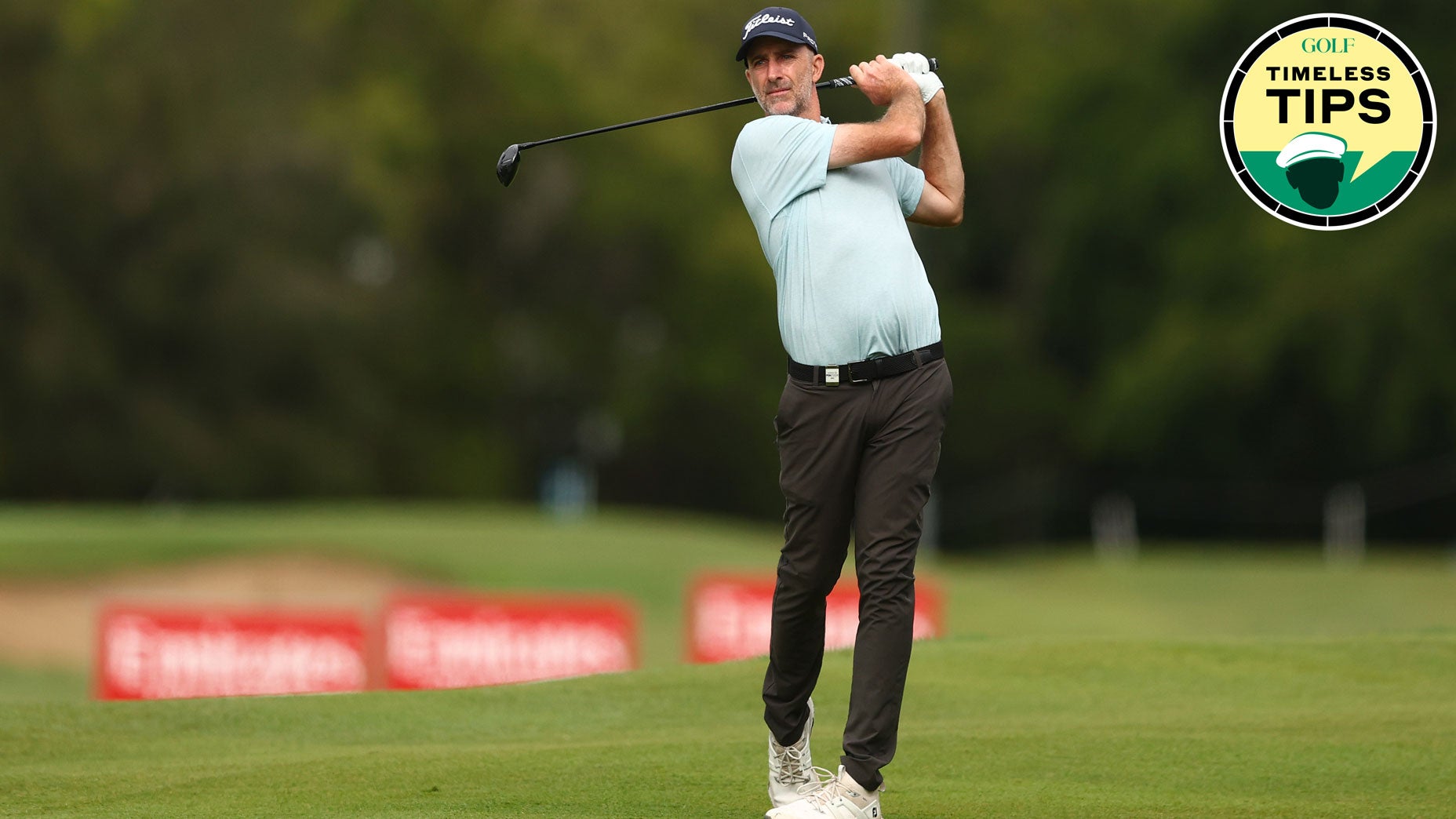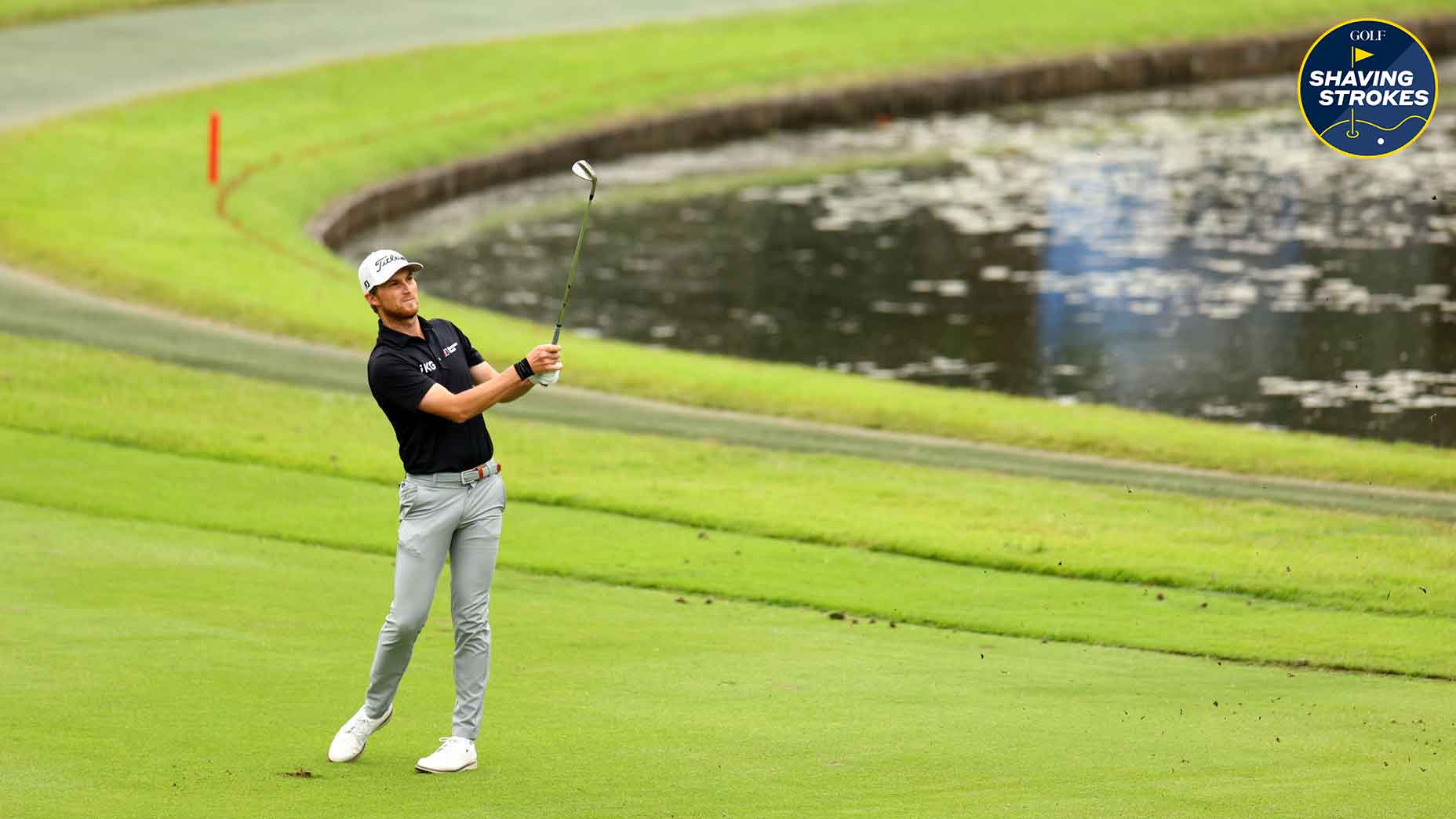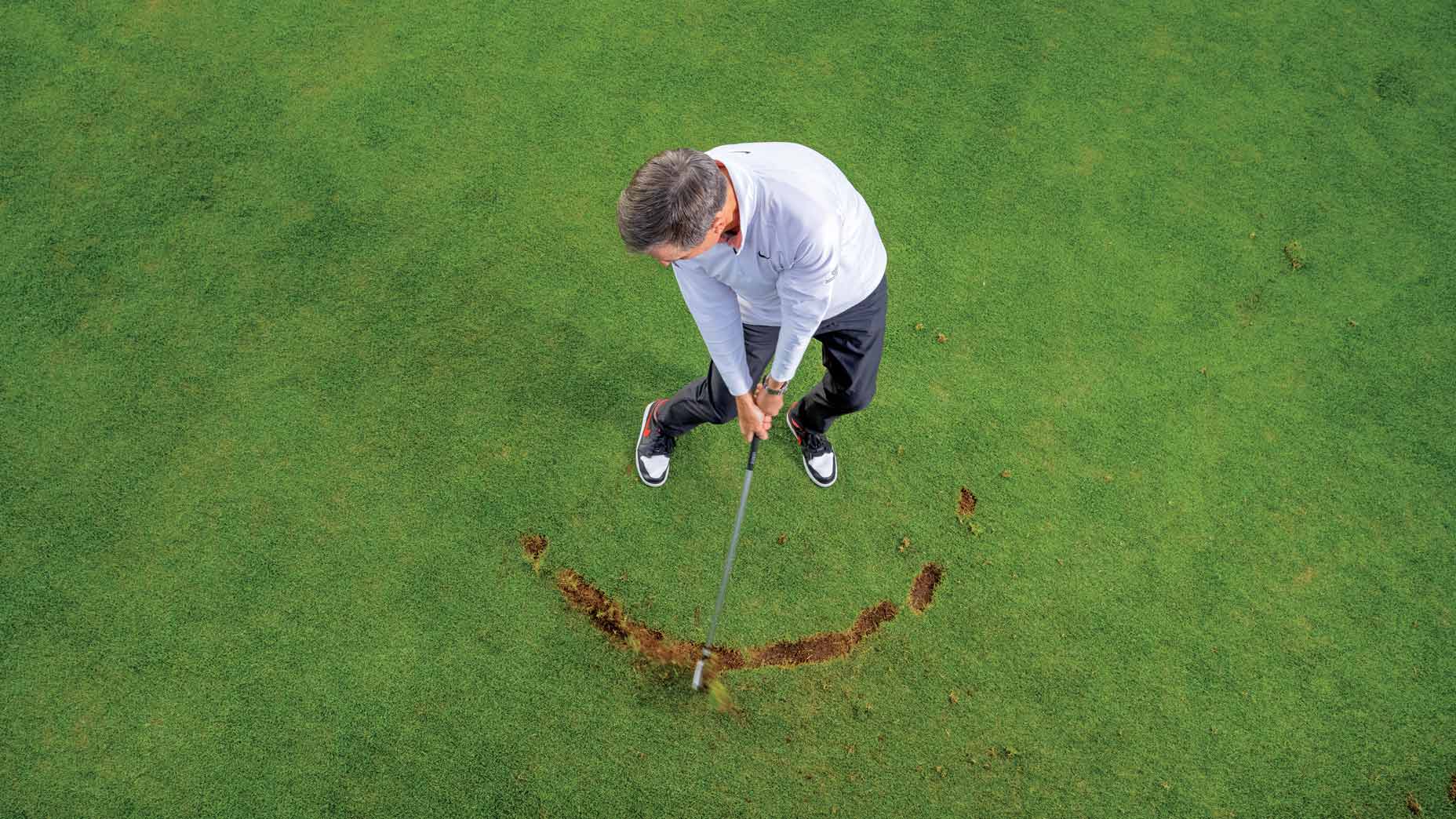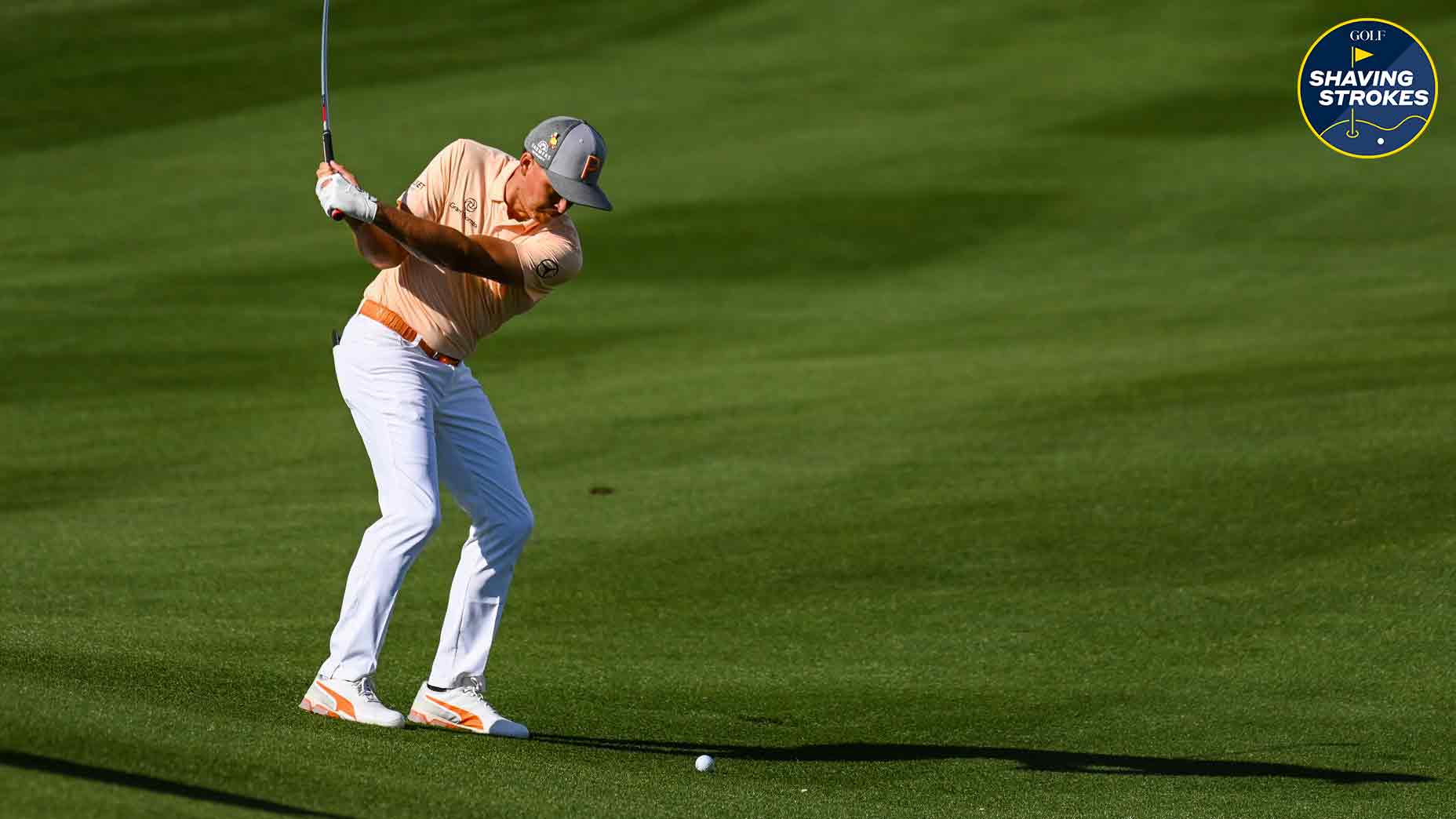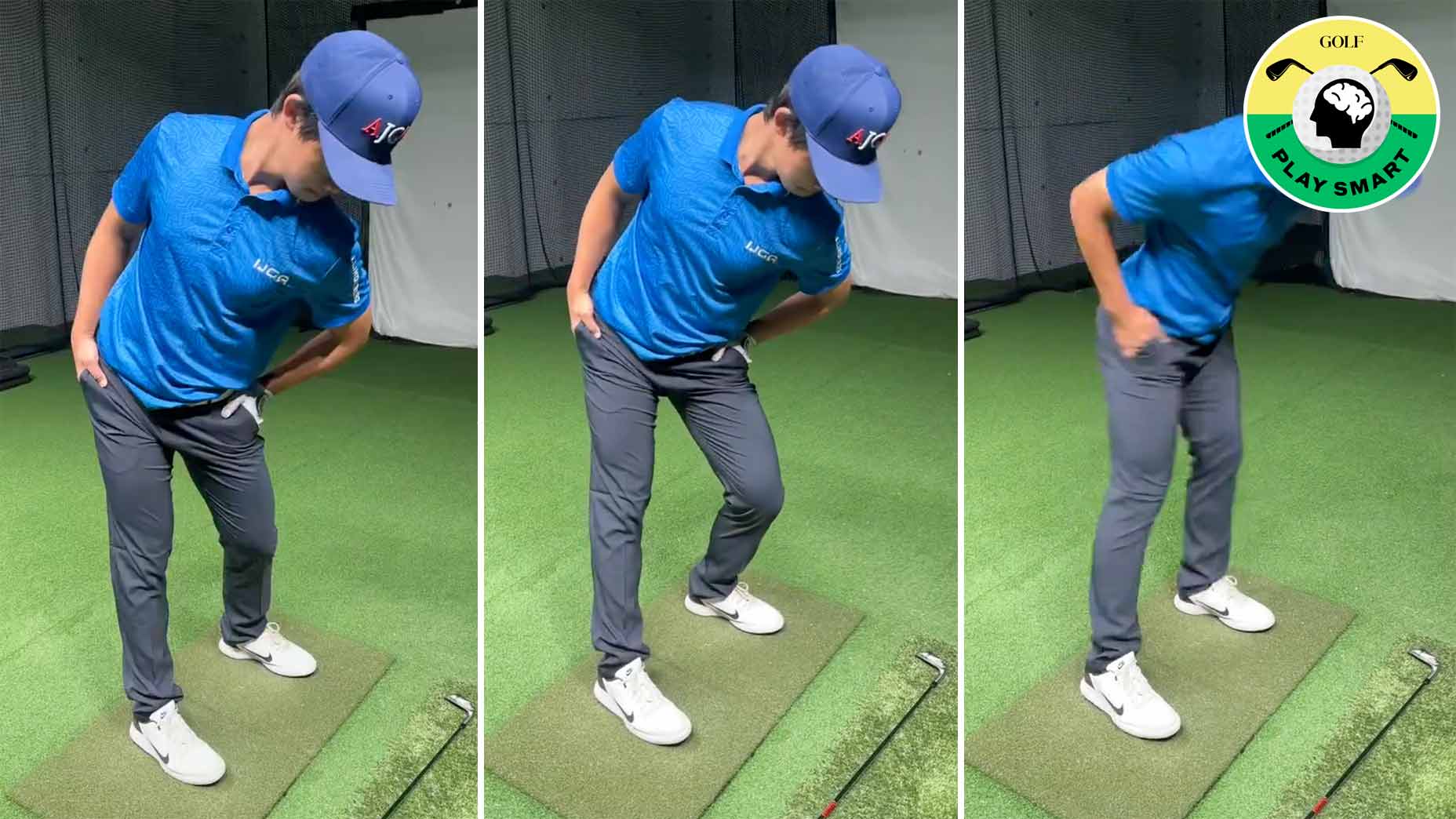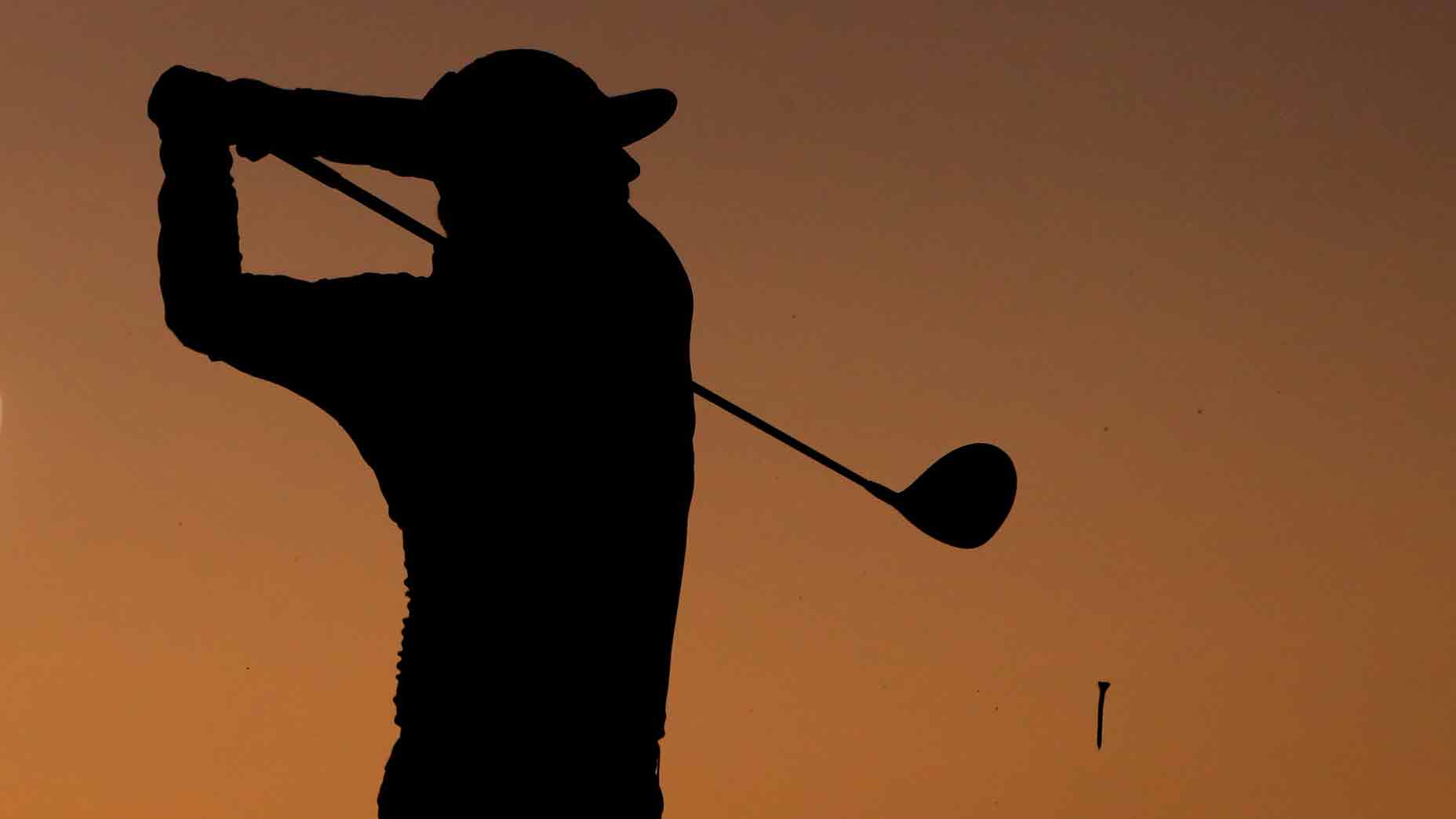Johnny Miller shares 5 basic moves for elite ball striking
- Share on Facebook
- Share on Twitter
- Share by Email
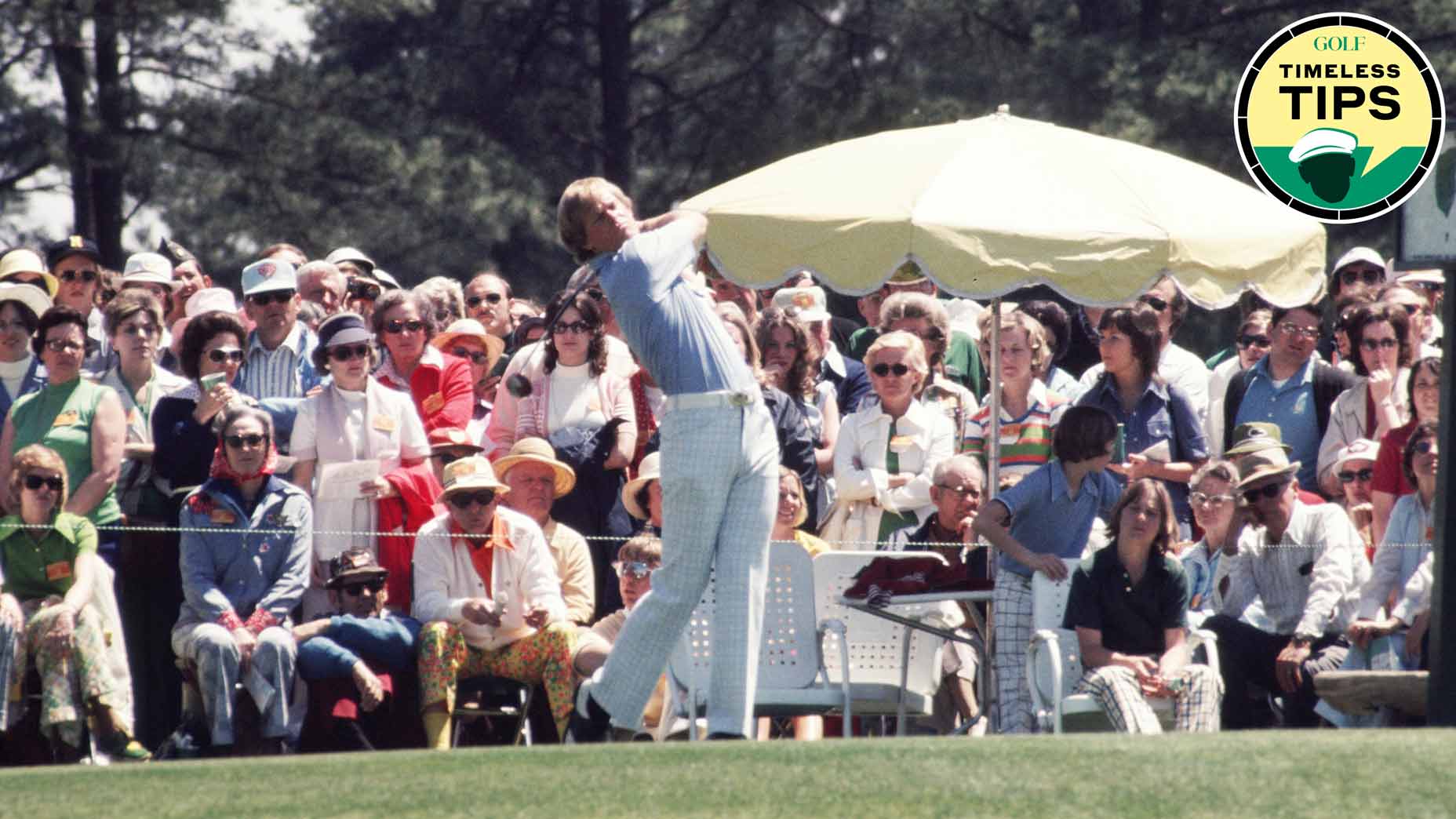
Johnny Miller is one of the greatest ball strikers of all time.
Getty Images
Golf instruction is ever-evolving, but the best advice stands the test of time. In GOLF.com’s new series, Timeless Tips, we’re highlighting some of the greatest advice teachers and players have dispensed in the pages of GOLF Magazine. Today, Johnny Miller shares five keys for ball striking from our September 1976 issue. For unlimited access to the full GOLF Magazine digital archive, join InsideGOLF today; you’ll enjoy $140 of value for only $39.99/year.
There are few golfers in the game’s history who have struck the ball as well as Johnny Miller. During his prime, no one could match his ball-striking prowess.
And Miller did not let his ball-striking acumen go to waste. During a five-year run starting in 1971, Miller won 18 times on Tour, including two major titles. Oh yeah, and he shot a final-round 63 at Oakmont.
When it comes to ball striking, there aren’t many legends you’d rather learn from than Miller — and in today’s edition of Timeless Tips, we do just that. Read on below for Miller’s five keys for better ball striking from the September 1976 issue of GOLF Magazine.
5 keys for ball striking

1. One-piece takeaway
The importance of moving everything away together in the takeaway is that it gets the whole left side into action so that it will swing by the firmly planted right leg. Because you established the position of the right leg at address, you don’t have to think about it during the swing.
2. Early set
The early cocking action sets up the late release. But equally important is the fact that the wrists have to cock somewhere and when they do, they must cock without disturbing the angle in the left wrist. Otherwise, the clubface will not be maintained in a square position. It is not only more natural to set the hands early, it is far easier to do than the late cocking, because the club is still in front of you in the early set and the club is traveling so much slower at this early stage of the backswing than toward the end of the backswing.

3. Hinging the arm and wrist
Winding up the right arm and wrist is essential in just about all athletic action and golf is no exception. The setting of the right hand so that the shaft points over the tip of the right shoulder, however, is also vital, because it ensures you’re swinging in the right plane.
4. Knees into the downswing
Working on the knees as the first move in the downswing accomplishes many things. The pull of the left knee toward the target transfers the weight to the left foot and establishes a firmly planted left leg. It initiates the clearing action of the hips to the left. It also starts the uncoiling of the left side, initiating the pulling action from the left side and arm and continuing into a backhand hit with the left hand. It also pulls the still cocked right arm down into the hitting area where the release in the angles in the right arm and wrist will take place. The drive of the right knee adds considerably to power and is an added force to the clearing action of the left side.
5. Release the angles
There’s no doubt in my mind that the right hand and arm have to hit and hit hard. I’m firmly convinced, too, that there are more problems caused by inactive right arms and wrists or by right arms and wrists where the angles are never released than practically anything else in the golf swing. The only provision is that the left side has to pull down first — then you can release the angles as hard as you like.
When I work on my own golf swing, these are the basic moves that I work on. And here I would like to make another point. It’s no good working on these moves out of order.
The golf swing is a sequential affair; one thing leads to another. So it’s no good working on your takeaway if your address position is wrong. It’s no good working on setting the angles if your takeaway or early set is bad. But work on it in order from the address, through the systematic setup to the five basic moves, and you’ll build and build.
Latest In Instruction

Zephyr Melton
Golf.com Editor
Zephyr Melton is an assistant editor for GOLF.com where he spends his days blogging, producing and editing. Prior to joining the team at GOLF, he attended the University of Texas followed by stops with the Texas Golf Association, Team USA, the Green Bay Packers and the PGA Tour. He assists on all things instruction and covers amateur and women’s golf. He can be reached at zephyr_melton@golf.com.

